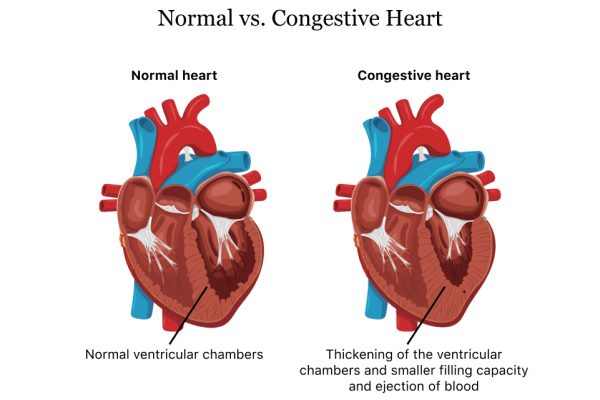Asthma
Asthma is an allergic reaction that causes the bronchial tubes to get inflamed and constricted, making it difficult for the lungs to inhale or exhale. According to statistics, the number of asthmatics in the United States is gradually increasing. During an asthma attack, the muscles surrounding the bronchial tubes tighten and swell, constricting the air passage in the process and making it hard for the person to breathe. Asthma is caused by a variety of triggers, which vary from person to person. They include exposure to allergens (such as pollen, and grass), exposure to irritants in the air (such as smoke and strong smells), and illnesses (like flu), extreme weather conditions or stressful physical exertion and exercise. If you’re suffering from asthma, an expert allergist like Dr. Laura Ispas can help you learn how to know your triggers and recognize when you or somebody else is having an attack.
Evaluating the Situation
You need to be capable of recognizing the early symptoms of an asthma attack such as an asthmatic cough or wheezing. If you are experiencing these symptoms you will need the help of asthma medication to manage it. However, an asthma attack is different. It causes more severe symptoms which can last longer and which require more immediate attention. Early symptoms that might show an asthma attack is imminent include an itchy neck, feeling short-tempered and irritable, feeling edgy or nervous, fatigue, and dark circles under the eyes.
If not attended to quickly and properly, an asthma attack can deteriorate into a life-threatening situation very quickly. Knowing how to identify symptoms will help you begin treatment as early as possible. Although the signs and symptoms of an attack vary from person to person, some of the most common symptoms include whistling when breathing or wheezing, coughing in an attempt to clear the air passage, shortness of breath, tightness in the chest or pain on one side, and low peak expiratory flow if measured using a peak meter. Children will also have the same symptoms as adults.
Treating Yourself
Once you’re diagnosed with asthma, take your own measures and put an action plan in place, with the help of your allergist to treat an asthma attack. This plan would be a step-by-step process of what you’ll do when faced with an acute attack. The plan must be written down very clearly and should include the contact details of close family members or friends who can be with you at the hospital if needed. The plan can also mention how to identify symptoms if the attack is worsening, and what you should do in such a scenario. Ensure you know how to use rescue inhalers.
Generally, with asthma especially, prevention is always better than managing and treatment. If you know your triggers for example very cold temperatures or being around furry animals, try to avoid them as much as you can. Typically, there are several kinds of rescue medication available. They are a Metered Dose Inhaler (MDI) and Dry Powder Inhaler (DPI). The most common inhalers are MDIs. They have a chemical propellant that pushes medication in a small aerosol canister, into the lungs. It can be used alone or with a spacer. A DPI, on the other hand, delivers dry powder asthma rescue medication without the help of a propellant. It requires the patient to inhale quickly and deeply and is difficult to use during an asthma attack. Whichever one is prescribed for you, ensure you always have it.
I am an Ambitious girl with a special interest in writing and sharing my knowledge. I love to hangout with nature and learn from it. My words will display the power of nature to the best as I love to write about the environment.





